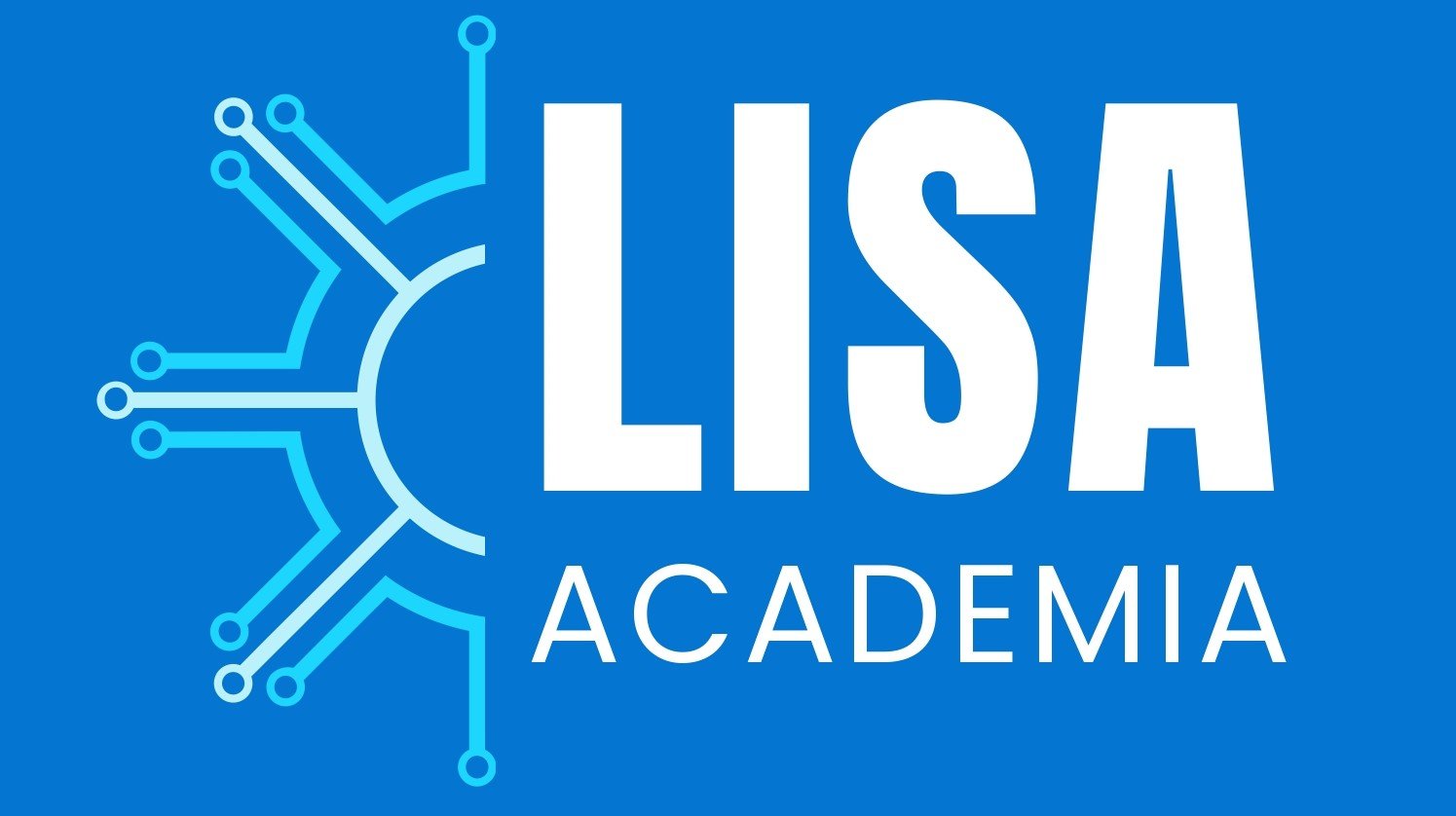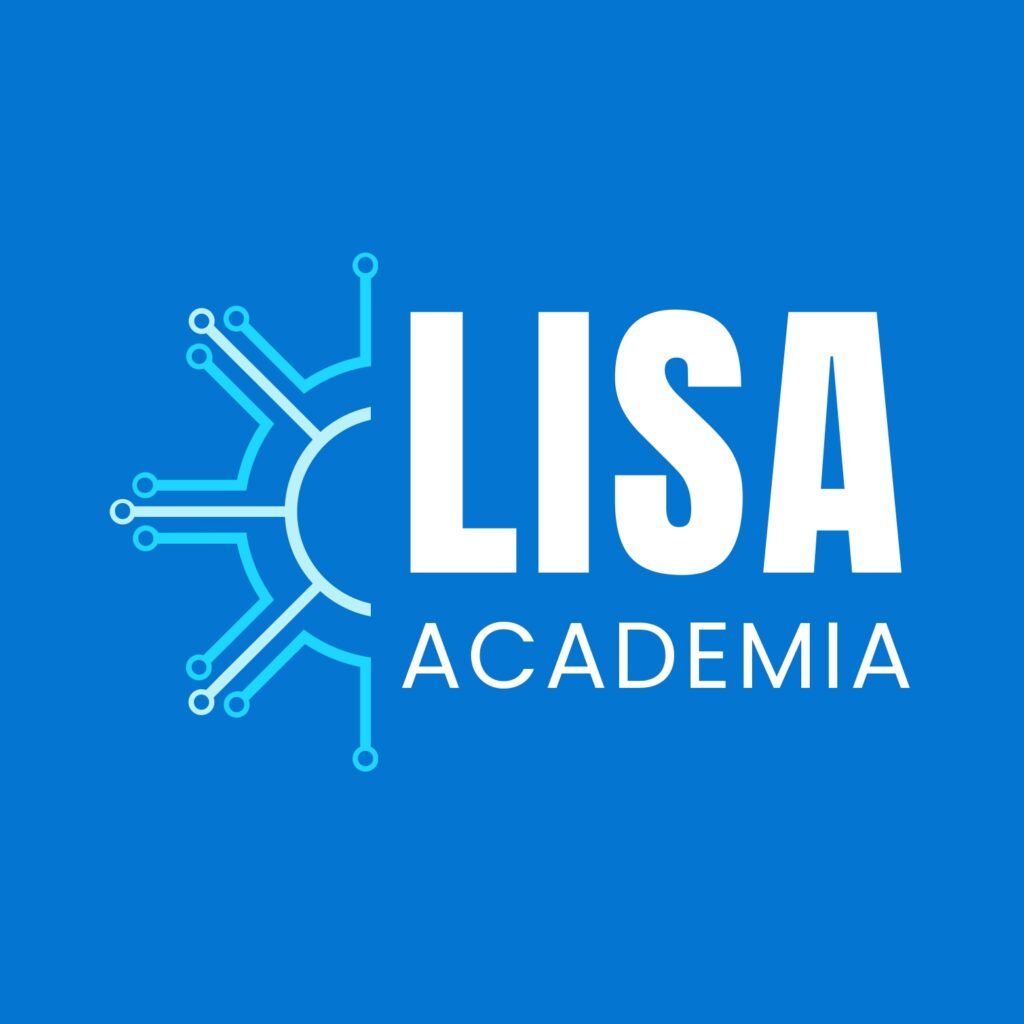High school mathematics builds the foundation for advanced problem-solving and analytical thinking, essential skills in both academics and everyday life. Students explore a wide range of mathematical concepts, from algebra and geometry to data management and trigonometry. The curriculum emphasizes critical thinking as students solve equations, work with graphs, and analyze data sets. In Ontario, specific courses focus on real-world applications, such as financial literacy and the use of functions to model relationships. Whether calculating probabilities or working with complex numbers, students learn to approach problems systematically, preparing them for advanced studies in mathematics, sciences, technology, and various career pathways.
In the Ontario high school math curriculum, students engage with a range of mathematical concepts that build essential skills for real-world problem-solving and higher education. The curriculum is divided into strands such as Number Sense and Algebra, Measurement and Geometry, and Data Management and Probability. In courses like Foundations of Mathematics and Functions, students explore linear, quadratic, and exponential functions, learning how to model and analyze real-life situations. Key topics include solving systems of equations, trigonometry, and working with polynomials and rational expressions. For students in the advanced pathways, courses like Calculus and Vectors introduce concepts of limits, derivatives, and vector spaces, preparing them for university-level studies in math, engineering, and sciences. The Ontario curriculum also places a strong emphasis on financial literacy, data analysis, and technological tools such as graphing calculators, helping students apply mathematical thinking to practical scenarios like budgeting and statistical analysis. Through collaborative problem-solving and independent inquiry, students develop critical thinking, logical reasoning, and the ability to communicate mathematical ideas clearly.

